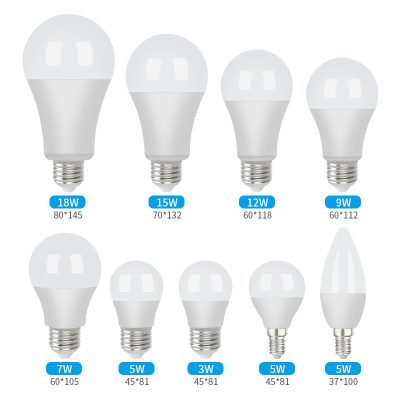LED strip lights play a significant role in advancing sustainability and contributing to a brighter and more environmentally friendly future. Here’s how LED strip lights align with sustainability goals:
- Energy Efficiency: LED strip lights are highly energy-efficient, consuming significantly less electricity than traditional incandescent or fluorescent lights. This reduces energy consumption, lowers electricity bills, and decreases greenhouse gas emissions, contributing to a more sustainable energy future.
- Longevity: LED strip lights have a much longer lifespan compared to traditional lighting sources. They can last up to 50,000 hours or more, reducing the frequency of replacements and the associated waste.
- Reduced Waste: Due to their long lifespan, LED strip lights generate less waste. This reduces the number of discarded bulbs and the environmental impact of disposal.
- Mercury-Free: Unlike fluorescent lights, LEDs contain no hazardous materials like mercury. This makes them safer for disposal and reduces the risk of environmental contamination.
- Lower Carbon Footprint: LED strip lights help lower the carbon footprint of lighting because they require less energy to operate and produce less heat. This results in reduced energy-related emissions, further contributing to sustainability efforts.
- Smart Controls: LED strip lights can be integrated into smart lighting systems, allowing for better energy management and control. Smart lighting can optimize energy usage by adjusting brightness and schedules based on occupancy and natural light levels.
- Reduced Light Pollution: LEDs are directional light sources, which means they emit light where it is needed and minimize light spillage into the night sky. This reduces light pollution, preserves natural darkness, and benefits ecosystems and human health.
- Customization and Dimming: LED strip lights offer customizable color and brightness options. This adaptability allows users to optimize lighting for specific tasks or moods, reducing unnecessary energy consumption.
- Solar Compatibility: LED strip lights can be powered by solar energy, making them a sustainable choice for off-grid applications and areas with access to renewable energy sources.
- Local Manufacturing: The production of LED strip lights has become more localized, reducing the carbon footprint associated with transportation and supporting local economies.
- Recycling Programs: As LED technology continues to evolve, recycling programs for LED components are emerging, making it easier to dispose of LED lights sustainably.
- Research and Development: Ongoing research and development in LED technology are driving improvements in energy efficiency and sustainability, leading to even more eco-friendly lighting solutions.
By choosing LED strip lights for various applications, individuals, businesses, and governments can contribute to a brighter and more sustainable future by conserving energy, reducing waste, and minimizing the environmental impact of lighting. LED technology is a key part of the transition to more energy-efficient and environmentally responsible lighting solutions.
























